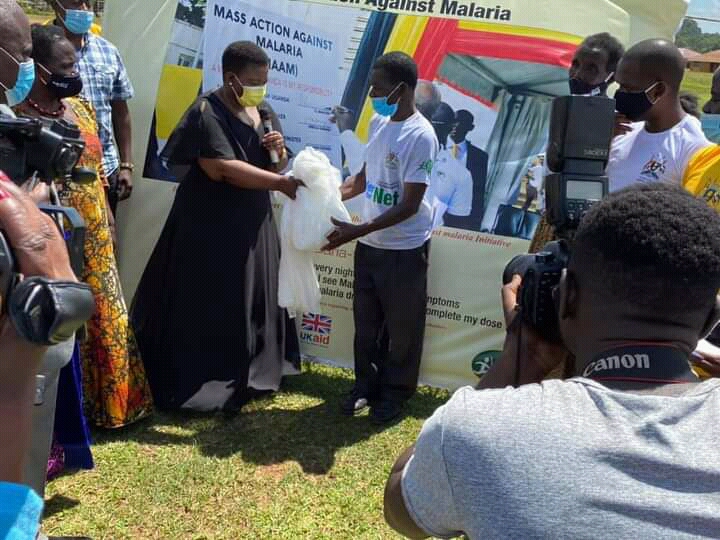
The distribution of 28 million mosquito nets across Uganda has come to an end with a donor partner suggesting the model employed by authorities should be used as a “best practice” and shared with other countries.
A best practice is a method or technique that has been generally accepted as superior to any alternatives because it produces results that are superior to those achieved by other means or because it has become a standard way of doing things.
Against Malaria Foundation, a London-based non-governmental which co-funded the distribution of mosquitoes, shared it’s my appreciation for National Medical Stores (NMS) team “throughout this campaign in the due diligence, prompt and timely reporting and responding to enquiries and concerns and the level of detail provided.”
Shaun Walsh, Programme Director, Against Malaria Foundation said NMS has “done an exceptional job given all the challenges to keep stakeholders like AMF informed as to what is going on via many avenues of communication.”
Walsh added: “I would advise the entire NMS process is documented as a best practice and shared with other countries.”
MF has signed an agreement with the Uganda Ministry of Health to fund 11.6 million nets for distribution during 2020.
This represents 50% of Uganda’s long-lasting insecticide treated net (LLIN) need for the universal coverage campaign which started in 2020.
Health Ministry Permanent Secretary Dr Diana Atwine last year said NMS was tasked to handle the procurement, storage and transportation of the mosquito nets because of its capacity to reach the entire country.
According to Atwine, the mosquito nets were distributed door to door by the Village Health Teams assisted by local area leaders.
On tracking the movement of the mosquito nets from the central warehouse to the sub counties, the General Manager, Moses Kamabare said government embraced ICT solutions.
“We are using a digitalized system to track the movement of these nets, the same way we have been doing while monitoring the distributed medicines to the various health facilities and districts,” he said.
The nets were distributed in waves.
The last wave (5B) saw NMS conduct deliveries to 149 Sub counties covering 12 Districts as per Ministry of Health allocation amounting to 104,983 bales (4,199,320 Nets).
Malaria kills between 14 to 16 people daily, resulting in 4,000 deaths annually.
Several studies have shown that sleeping under a mosquito net reduces one’s chances of contracting Malaria.
Mosquito Net Donor: NMS’ Good Distribution Practice a Model for other Countries
NMS used a digitalized system to track the movement of mosquito nets, the same way we have been doing while monitoring the distributed medicines to the various health facilities and districts,” he said.
